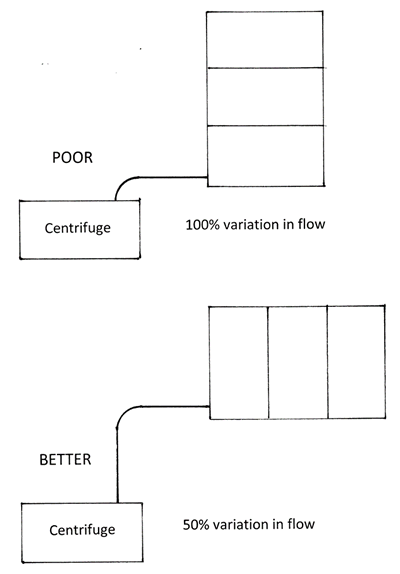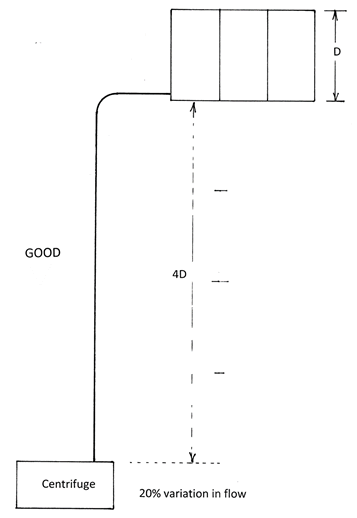No products
Categories
- WVO Waste Motor Oil Algae Centrifuges
- Algae Centrifuge for Algae Harvesting
- Automatic Centrifuge Controllers
- Biodiesel Centrifuges
- Explosion Proof Centrifuges
- High Speed Centrifuges, Decanters and Oil Water Separators
- WMO Centrifuge - Waste Motor Oil Centrifuge
- WVO Centrifuge - Waste Vegetable Oil Centrifuge
- Oil Transfer Pump
- Waste Motor Oil Pumps, WVO Pumps, Oil Transfer pumps, Industrial Oil Pumps
- Oil Transfer - Meters,Tanks, Hoses, Nozzles and Fittings
- Media Filtration - Bag Filters, Filter Housings, FIlter Heads
- Electric Oil Transfer Pump and Centrifuge Motors
- Filter Heaters, Battery Heaters, Drum Heaters
- Waste Oil Heater and Waste Oil Burners
- How-to Books
- Parts / Accessories
- Cannabis Hemp Centrifuges For Solvent Extraction of CBD Oil
- Centrifuge Applications
- Make Black Diesel
- Comparing Centrifuges RPM vs. RCF
- Lab Reports US Filtermaxx Centrifuge
- Centrifuge Feeding Systems
- Gravity Feed Centrifuge
- Centrifuge Feed Rates
- Estimating Flow Rate
- Causes of Centrifuge Vibration
- One Pass Oil Cleaning, Estimating Run Time
- P-trap Centrifuge Output
- Centrifuge Piping Schematic
- Electrical Wiring for Centrifuge
- US Filtermaxx General Centrifuge Assembly
- Automatic10,000G WVO Centrifuge Manual
- Centrifuge Controllers Manual
- VFD Programming
- Centrifuging Low Flashpoint Liquids
- Selecting the Proper Oil Pump
- US Filtermaxx Oil Burner Manual
- Centrifuge floor space requirements
What's New and BLOG
Gravity Feed Centrifuge Systems
Although there are many centrifuge feed systems, some situations require the simplest feeding system, which is gravity feed. The advantage of the gravity system is that there are no moving parts or pumps. Disadvantages of the gravity system include lower output from variation in flow, variation in cleaning from the changing flow rate and the large height required for consistent flow rate.

Flow rate is affected by height of the feed tank. Oil pressure is about .38 psi for each foot of height. The pressure at the bottom of a full 55 gallon drum is about 1.08 psi. The last 10 gallons in the tank will exert a pressure of about .18 psi. At the 10 gallon mark, flow rate will be about 1/6 of the flow rate when the drum was full.
Turning the tank horizontally improves the situation and lifting a horizontal tank several feet would reduce the variation in feed pressure. A horizontal drum raised 5 feet would see a 26% variation in flow rate and at 8 feet high would see an 18% variation in flow, which is acceptable for general oil cleaning.

Input Pipe Diameter for Gravity Feed Systems
Liquids flowing through a pipe experience frictional losses along the walls of the pipe. Oil flowing through a pipe has a nearly stagnant layer at the internal surface of the pipe that extends inward into the pipe. The thickness of the stagnant layer depends upon the viscosity of the oil. A small diameter pipe may have virtually no effective internal diameter if the oil is thick. Therefore, a large diameter input feed hose is essential for gravity feed systems. A one inch internal diameter hose would not be too large for a gravity feed system, 5/8 inch minimum internal hose diameter may be used with fluid oil and short runs. 3/4 inch ID hose fits over 1/2 inch NPT pipe fittings on the centrifuge heater kit. Thinning the oil by heating will improve the flow properties of the oil, provided the oil does not significantly cool in the hose between the tank and centrifuge.

